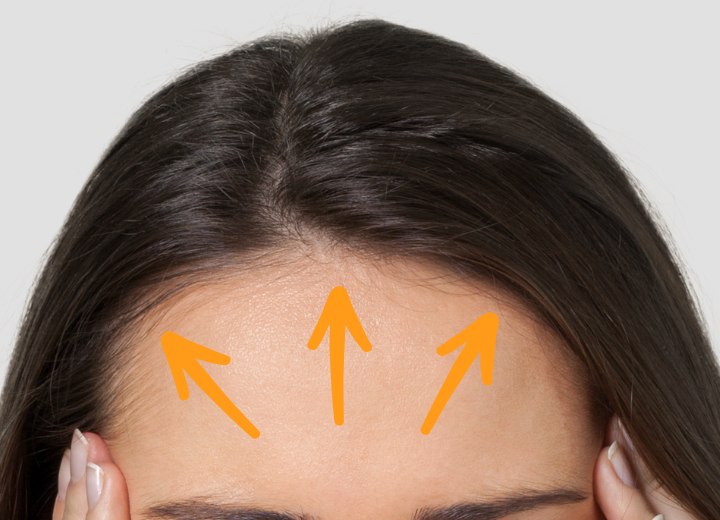Hair Not Growing After a Bob

However, the hair at the very back of my head - the area underneath where it was shaved back then - has stopped growing. It remains extremely short compared to the rest of my hair, which is quite long. Additionally, the very front section of my hair also doesn’t seem to grow properly. Why would my hair have completely stopped growing in these two specific areas after all this time?
Hair growth patterns vary significantly from person to person. Some individuals have a very distinct hairline where the fine, barely noticeable vellus hair (the short, soft hair often found on the face and neck) abruptly transitions into terminal hair, the thicker, longer hair that grows on the scalp. Others, however, have what might be called a "buffer zone," particularly around the hairline at the forehead and the nape of the neck. In these areas, the hair may appear thick and dark like terminal hair but only grows to a much shorter length before stopping.
Many people who wear very short hairstyles, such as bobs with shaved sections, often have these buffer zones trimmed or shaved to maintain a neat look. In fact, some bob haircuts - especially the style you described - intentionally incorporate shaved sections that extend beyond where these buffer zones typically occur.

On the other hand, if you’re noticing completely bare patches surrounded by normal hair growth, it might be a good idea to consult a doctor. Conditions like alopecia areata (an autoimmune disorder that causes patchy hair loss) or other medical issues could be a factor.
If you have any concerns that your hair’s lack of growth might be due to an underlying health problem, scheduling a visit with a dermatologist would be a wise next step. They can examine your scalp, rule out any medical causes, and provide advice for your situation.
©Hairfinder.com
See also:
Hair problems
Undershave and undercut haircuts
How long does hair that is pulled out take to grow back completely?